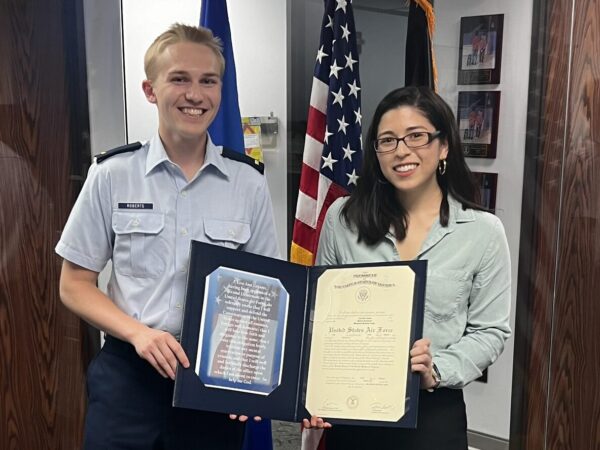How Texas A&M researchers are addressing literacy challenges in rural China
In a less developed region of China, there is an experimental school that has been struggling to provide students with the support and adequate resources needed to teach children the English language.
Dr. Fuhui Tong, bilingual education scholar and Department Head of Educational Psychology, is working with her team of colleagues, Dr. Rafael Lara-Alecio, Regents Professor of bilingual education, and Dr. Beverly Irby, Regents Professor of Educational Administration to help address the challenges.
In order to help the lower-SES (socio economic status) families within this specific area of China, Tong and her team developed curriculum-aligned, home based literacy activities that students can take home to develop their English vocabulary with their parents outside of school.
“The purpose of this project is to implement a storytelling curriculum with adaptation to fit the cultural and social context of that school, and to develop and test a home-literacy intervention. The goal is to help students develop academic English proficiency, and also to help convert the school into a dual-language campus,” Tong said.
Why this project was implemented
Before Tong and her team got involved, the elementary school only had two English teachers who were serving eight classes with 50 students in each class. With only 35 minutes to teach their English lesson a day, there was limited impact the teachers could have on each student.
The students came from less-resourced families and could not afford private tutoring to supplement lost instructional time from the classroom.
Tong, a native Chinese speaker, was approached by the principal of the school in China about her vision to develop her school into a dual language campus of English and Chinese. The principal’s vision for her campus included teaching both languages not only to the students and English teachers, but to all teachers and even herself.
Since Tong is familiar with the Chinese education system, she understands how important it is to adapt some of the effective strategies and curriculum from the classroom and bring that into the home setting.
The addition of simple, yet effective home practices that students can work on with their families will help promote parent-child engagement, as well as help build the skills and confidence of the children.
What are “at home literacy practices”?
“Students in China have a heavy workload that requires a lot of parental engagement and support. Our survey with these parents revealed that a majority of the parents had a limited knowledge of the English language and a high-school diploma, so we made materials that they could understand in their native language,” Tong said.
She explained that activities such as songs and puzzles were popular when it comes to engaging the students and their families because they are entertaining and simple to practice. One game included sticky notes with labels of all the human body parts that the children could stick on their family members for a fun, interactive activity.
These games did not require a lot of physical materials which was important considering the socioeconomic status of the families.
Tong said the games have become something fun for the students. They can sing a song in English and their siblings would follow along.
What happens next?
Tong and her team started working alongside the students when they were in first grade. Now, as fourth graders, she said she has seen so much development and growth within each student.
“When they were first tested on their vocabulary words in first grade, they did not understand the meaning, nor could they provide a complete sentence. They were just really nervous that you could see their faces. And now, they could produce a complete and long sentence with proper use of the vocabulary words. They also seemed so much more confident. They were not afraid of speaking out, even if they make mistakes they feel okay with that,” Tong said.
Over the last few years, they have surveyed and seen exponential growth both in the students’ knowledge of English, as well as in parental engagement. The school has gone from having just two English teachers, to a group of seven English teachers who will help engage students in the classroom through virtual training provided by Tong and her team.
In addition to growth in faculty, Tong says that her team is continuing to design new take-home curriculum for new classes of students. Her team plans to continue working with the families and faculty for the foreseeable future.
“My goal is when these students graduate from sixth grade, which is the end of the elementary school there, with six years of intervention, I would love to compare the data from the beginning of first grade when they had no knowledge about the English language, to their results then after the six years of home-based literacy activity. I know it will be very exciting” Tong said.
About the Writer
Emily Knight is a writing assistant for the Marketing and Communications office in the College of Education and Human Development. She is a senior in the Agricultural Communications and Journalism program at Texas A&M.
Articles by EmilyFor media inquiries, contact Justin Elizalde.














